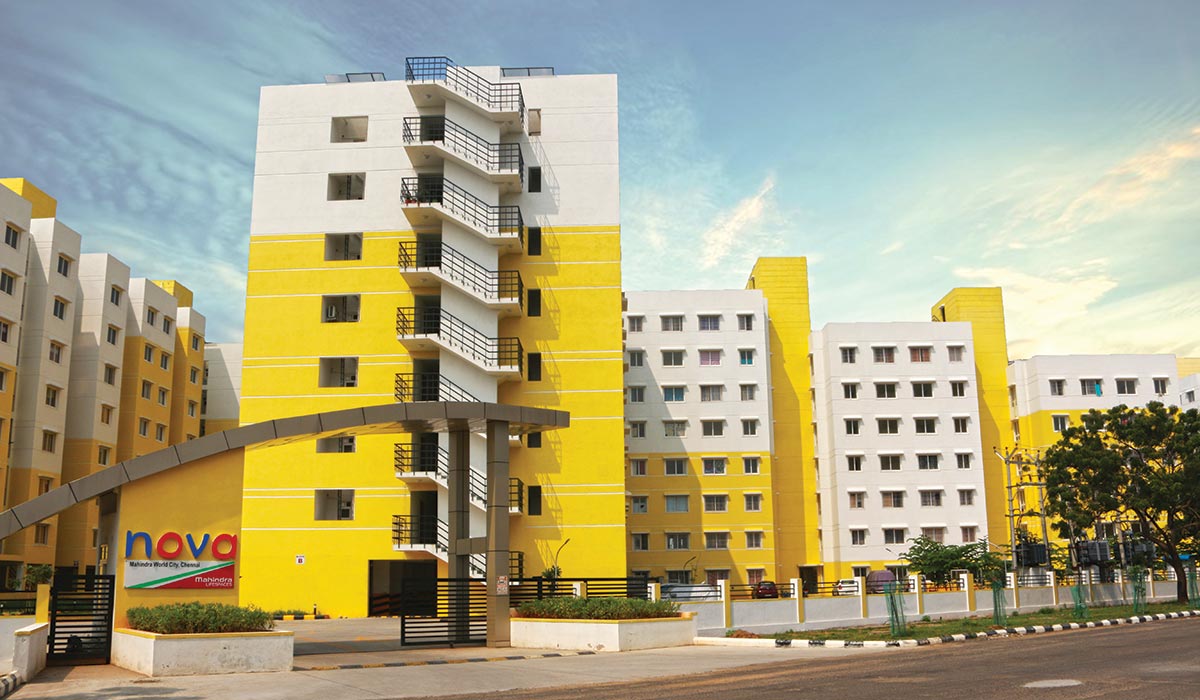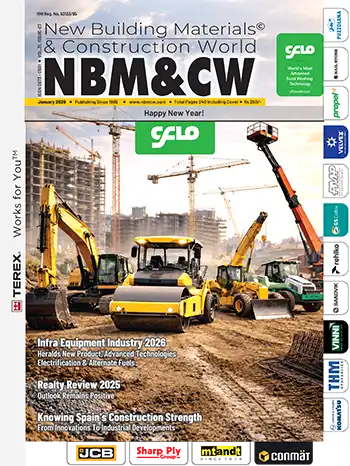
Global architecture remains an inspiration and aspiration for all buildings in India. There is a lot that can be learnt from the scale and the ways in which densities are dealt with from Asian cities that have large populations. At the same time, there are Western examples that prove that there are technological and sustainability standards which are at such high levels that they will continue to stand as global benchmarks to aspire to.
In India, there is a sense of recognition of best practices and learning from around the world. It still remains that no architecture can be copied, as architecture is a unique solution for a building on a site for its people. Responding to local geography, serving its inhabitants all within the realm of sustainability, has caused architecture to adapt for India and be relevant locally as well as globally.
Traditional building materials offer a certain comfort and warmth that composite materials lack.
Traditional building materials and composites are two ends of a spectrum and cannot be compared with each other. Each has a unique and different typology that they are best suited to and can continue to co-exist as per the built form.
 Mahindra Nova apartments in New Chennai are known for the affordable housing
Mahindra Nova apartments in New Chennai are known for the affordable housingSoftware is a real game changer.
Technology that is used to represent architecture today has a certain ability to draw form and structure like never before. Form is not restricted to plans anymore; it flows seamlessly, and curves through parametric design, and can offer twists on more than one plane. While the ability to draw such architecture has existed for some time now, it has been very recent since the software also integrates structural solutions for it. This is a real game changer as t makes such designs more implementable today.
Precast/prefab/drywall techniques will tend to make architecture more modular. As we require to build faster and quicker, we will find that it is easier to turn to new developments around with the use of precast/prefab/drywall techniques. The impact on architecture, in turn, is that things will tend to become more modular, going forth. Creativity within those parameters of modularity will be the challenge. There is also a certain scale which is appropriate for such techniques of construction, and smaller projects will remain those that would require a more creative approach.
Sustainability in projects should be the overriding parameter against which all decision making is based.
The biggest challenge in my opinion is that of sustainability because we keep redefining new benchmarks and setting higher standards that are harder to achieve and yet seem like the only direction we should be headed towards. Even today we find that sustainability is easily over ruled in projects. The denser and more urban the architecture, the harder it is to put in sustainability measures. So, it becomes very important to keep this umbrella of sustainability as the overriding parameter against which all decision making is based.















